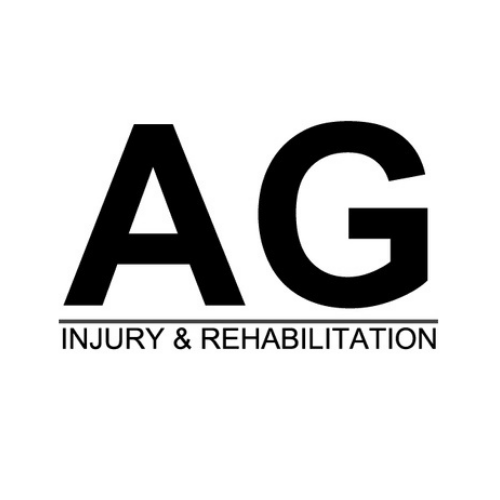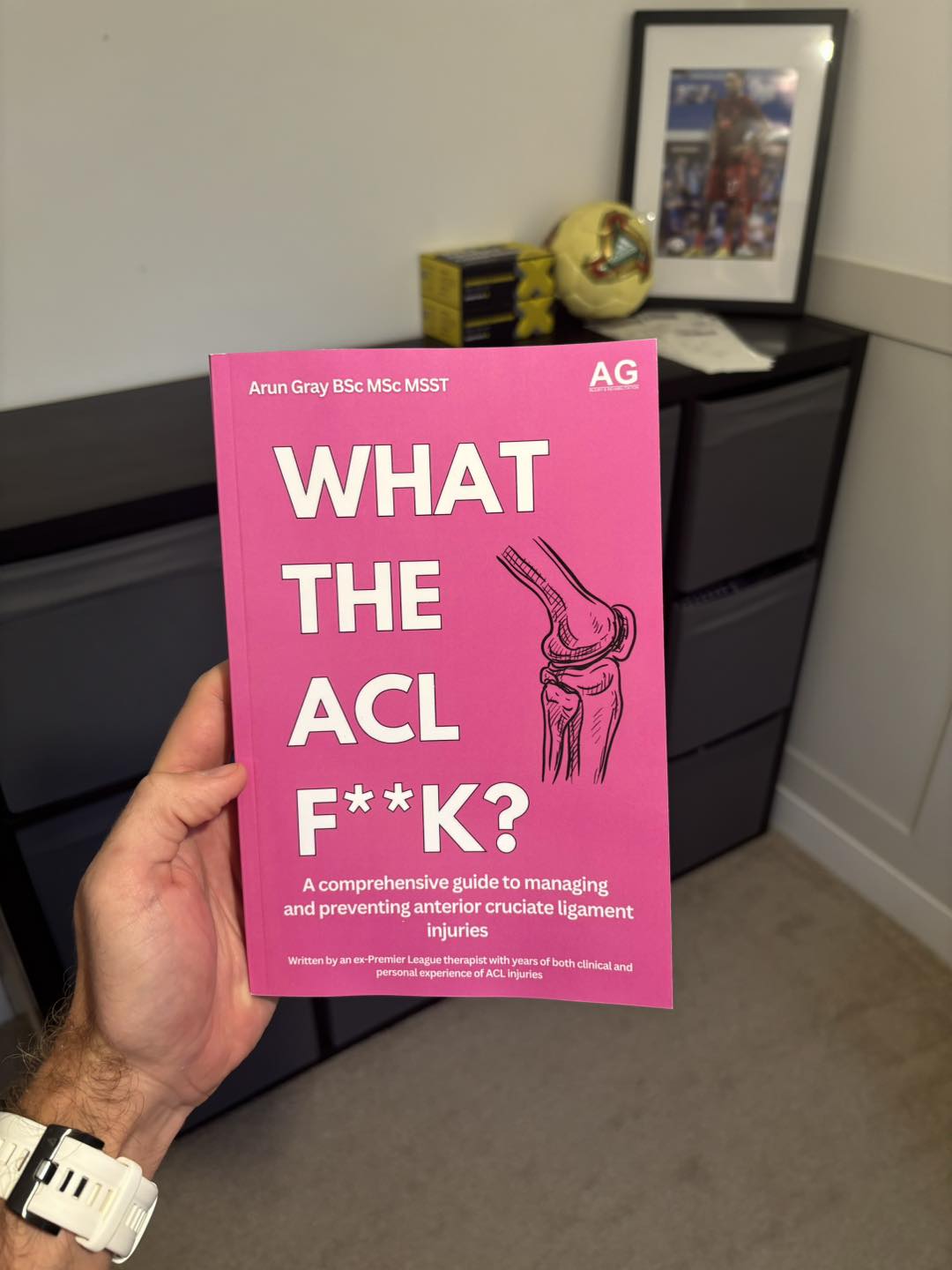
ACL reconstruction surgery is a significant step in recovering from an anterior cruciate ligament (ACL) injury. Whether you've recently suffered an ACL tear, are considering surgery, or are navigating post-surgery recovery, this guide will walk you through the essential details of the procedure, recovery process, and practical tips for regaining your strength and mobility.
Understanding ACL Reconstruction Surgery
What Is the ACL and Why Is It Important?
The anterior cruciate ligament (ACL) is a key stabilizer in your knee, connecting the thighbone (femur) to the shinbone (tibia). It plays a critical role in maintaining knee stability, especially during activities that involve pivoting, jumping, or sudden changes in direction. Unfortunately, this ligament is also highly prone to injury, particularly in sports like football, basketball, and skiing.An ACL tear can feel like a sudden "pop," often followed by swelling, instability, and difficulty walking. For many, particularly active individuals or athletes, ACL reconstruction surgery is the recommended treatment to restore knee function and prevent further damage.
My Journey Through ACL Surgery and Recovery
In 2017, I experienced an ACL rupture while playing football. That moment marked the beginning of a challenging yet transformative journey. As a sports therapist, I thought I understood the process, but experiencing it firsthand gave me invaluable insight into what patients endure physically and emotionally. Today, I use that experience to help others recover from ACL injuries in my sports injury clinics.
Why Is ACL Reconstruction Surgery Necessary?
Non-Surgical vs. Surgical Options
Not all ACL injuries require surgery. Factors like your activity level, age, and the severity of your injury play a role in determining the best course of action. However, surgery is often recommended for those who:- Lead an active lifestyle or play sports requiring pivoting movements.
- Experience persistent knee instability.
- Suffer additional injuries, such as meniscus tears.
How Does the Surgery Work?

ACL reconstruction involves replacing the damaged ligament with a graft, typically taken from your hamstring, patellar tendon, or a donor (allograft). This new ligament is carefully anchored into place to allow the knee to regain stability. The procedure is minimally invasive, often performed arthroscopically, reducing recovery time and scarring.
Preparing for ACL Reconstruction Surgery
Physical Preparation
Prehabilitation, or pre-surgery rehab, is crucial for optimizing your recovery. Strengthening the surrounding muscles, improving range of motion, and reducing swelling can set a strong foundation for post-surgery progress.Here are a few tips:
- Strengthen your quadriceps and hamstrings: Exercises like straight-leg raises and gentle cycling can help.
- Improve range of motion: Focus on achieving full knee extension and as much flexion as possible before surgery.
- Address swelling: Elevate your leg and use ice packs to reduce inflammation.
Mental Preparation
Surgery can be daunting. Acknowledging your feelings and seeking support from friends, family, or a professional can help ease anxiety. Joining an ACL recovery community or reading success stories can also provide motivation.What to Expect During ACL Reconstruction Surgery

The Procedure
Most ACL surgeries are outpatient procedures, meaning you can return home the same day. Here's a general overview:- Anaesthesia: You'll typically receive general anesthesia or a spinal block.
- Graft Harvesting: If using your tissue, the surgeon will prepare the graft.
- Arthroscopic Repair: Small incisions are made, and the graft is anchored in place using screws or other fixation devices.
- Closure and Recovery: Incisions are closed, and your knee is bandaged.
Risks and Complications
Like any surgery, ACL reconstruction carries risks such as infection, blood clots, or graft failure. However, advancements in surgical techniques have significantly improved outcomes. Discuss these risks with your surgeon to ensure you're informed.
10 Facts about ACL Reconstruction Surgery
ACL reconstruction surgery is a common procedure to repair a torn anterior cruciate ligament. Here are 10 interesting facts about this surgery:
- The procedure typically takes 1 to 2 hours and is usually performed arthroscopically through small incisions.
- Surgeons replace the damaged ACL with a graft, which can be taken from the patient's own body (autograft) or from a donor (allograft).
- At some hospitals, patients receive an epidural nerve block during surgery rather than general anesthesia, similar to what women receive during childbirth.
- Most patients can walk with crutches and a leg brace on the day of surgery.
- Full recovery and return to sports activities usually takes about 9 months after surgery.
- ACL reconstruction can help protect patients from developing knee osteoarthritis later in life.
- A Yale surgeon, Dr. John Fulkerson, pioneered a technique that uses the quadriceps tendon for the graft, which is now being adopted internationally.
- Children and younger teenagers require a modified surgical approach due to their ongoing growth.
- The rehabilitation process begins immediately after surgery, with patients encouraged to perform ankle movements to prevent blood clots.
- Approximately 100,000 to 300,000 ACL reconstruction surgeries are performed each year in the United States.
The Road to Recovery After ACL Reconstruction Surgery
The First Few Days after ACL Surgery
Recovery begins immediately after surgery. Expect swelling, discomfort, and limited mobility. Following your surgeon's instructions is crucial during this phase. Key steps include:
- Using crutches to avoid putting weight on your leg.
- Keeping your leg elevated and icing regularly to manage swelling.
- Starting gentle physical therapy as advised.
The Rehabilitation Process
ACL recovery is a marathon, not a sprint. Your rehab journey typically spans 6-12 months and involves progressive phases:
- Phase 1 (0-6 weeks): Focus on reducing swelling, regaining range of motion, and gentle strengthening.
- Phase 2 (6-12 weeks): Begin more dynamic exercises to rebuild strength and balance.
- Phase 3 (3-6 months): Gradually reintroduce sports-specific movements and agility drills.
- Phase 4 (6+ months): Prepare for a full return to activity.
Your physiotherapist will guide you through these stages, tailoring exercises to your unique needs.
Tips for Optimising Your ACL Recovery
- Stay Consistent with Rehab - Adhering to your rehabilitation plan is the most critical factor in a successful recovery. Consistency builds strength, restores function, and reduces the risk of re-injury.
- Maintain a Positive Mindset - Recovering from an ACL injury is as much a mental challenge as a physical one. Celebrate small victories, whether it's walking without crutches or completing your first run.
- Prioritise Nutrition - A balanced diet rich in protein, vitamins, and minerals supports tissue healing and energy levels. Consider consulting a nutritionist to optimise your recovery diet.
- Listen to Your Body - Pain or swelling may signal you're overdoing it. Communicate with your therapist and adjust your plan as needed.
Research-Backed Insights on ACL Recovery
Studies show that approximately 90% of individuals who undergo ACL reconstruction achieve satisfactory outcomes, with many returning to sports within 9-12 months. However, up to 20% of patients experience re-injury, emphasising the importance of gradual progression and proper technique during rehab.
Final Thoughts
ACL reconstruction surgery is a pivotal step toward reclaiming your mobility and active lifestyle. While the journey may be challenging, the rewards of a stable and functional knee are worth the effort. Whether you're preparing for surgery or navigating recovery, remember you're not alone—support, resources, and professional guidance are readily available.
Embrace the process with patience and persistence, and you'll emerge stronger than ever.

